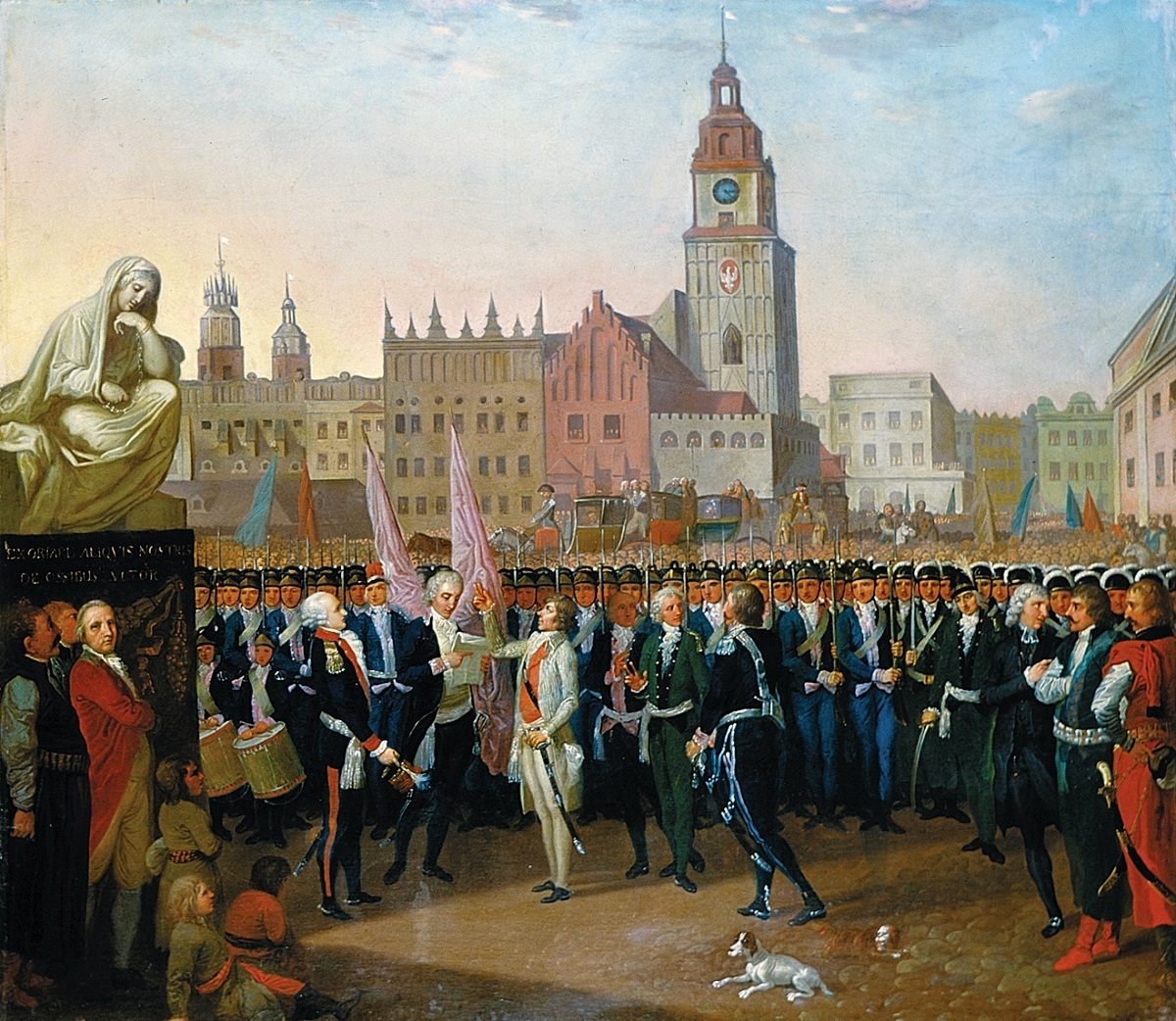|
CheЕ‚m Voivodeship (1793)
Chełm Voivodeship (1793) was created during the Grodno Sejm on November 23, 1793. The Voivodeship existed on Chełm Land. It was not fully organised because of the start of Kościuszko Uprising in 1794. The Voivodeship consisted of three parts: * Chełm Land Chełm Land was a region of the Kingdom of Poland and later of the Polish–Lithuanian Commonwealth (1569–1795). Today, the region is situated in the modern states of Poland, Ukraine, and Belarus. As an exclave of the Ruthenian Voivodeship, i ... * Luków Land * Parczew Land References Volumina legum t. 10 Konstytucje Sejmu Grodzieńskiego z 1793 roku, Poznań 1952 Voivodeships of the Polish–Lithuanian Commonwealth {{Poland-geo-stub ... [...More Info...] [...Related Items...] OR: [Wikipedia] [Google] [Baidu] |
Grodno Sejm
Grodno Sejm (; ) was the last Sejm (session of parliament) of the Polish–Lithuanian Commonwealth. The Grodno Sejm, held in autumn 1793 in Grodno, Grand Duchy of Lithuania (now Grodno, Belarus) is infamous because its deputies, bribed or coerced by the Russian Empire, passed the act of Second Partition of Poland. The Sejm started on 17 June and ended on 23 November 1793. It ratified the division of the country in a futile attempt to prevent its subsequent complete annexation two years later in the 1795 Third Partition of Poland. Background The Sejm was called to Grodno by the Russian Empire after the Polish–Russian War of 1792 ended with the victory of Russia and its allies, the Targowica Confederation, in order to confirm Russian demands. Grodno was chosen for the Commonwealth's capital, as Warsaw was deemed too unsafe for Russians (and indeed it would prove so during the Warsaw Uprising next year). Many of the deputies were Russian supporters (like marshal of the Se ... [...More Info...] [...Related Items...] OR: [Wikipedia] [Google] [Baidu] |
CheЕ‚m Land
Chełm Land was a region of the Kingdom of Poland and later of the Polish–Lithuanian Commonwealth (1569–1795). Today, the region is situated in the modern states of Poland, Ukraine, and Belarus. As an exclave of the Ruthenian Voivodeship, it was separated from the main part of the voivodeship by the voivodeship of Bełz. The region's most important town was Chełm. In the Commonwealth, Chełm Land enjoyed a special status; some documents described it as a separate entity - Chełm Voivodeship (Latin: Palatinatus Chelmensis). History In 981 AD, the territory was conquered by the ruler of Kievan Rus', Vladimir the Great. At that time, it was inhabited by West Slavs (Lendians), according to Polish historian Ryszard Orłowski. Vladimir brought Ruthenian settlers to the region. The area of future Chełm Land was located between early Kingdom of Poland and Kievan Rus. Both states fought for it in the 10th century, and after several conflicts, in ca. 1240 King Daniel of Galicia ... [...More Info...] [...Related Items...] OR: [Wikipedia] [Google] [Baidu] |
KoЕ›ciuszko Uprising
The Kościuszko Uprising, also known as the Polish Uprising of 1794, Second Polish War, Polish Campaign of 1794, and the Polish Revolution of 1794, was an uprising against the Russian and Prussian influence on the Polish–Lithuanian Commonwealth, led by Tadeusz Kościuszko in Poland-Lithuania and the Prussian partition in 1794. It was a failed attempt to liberate the Polish–Lithuanian Commonwealth from external influence after the Second Partition of Poland (1793) and the creation of the Targowica Confederation. Background Decline of the Commonwealth By the early 18th century, the magnates of Poland and Lithuania controlled the state – or rather, they managed to ensure that no reforms would be carried out that might weaken their privileged status (the " Golden Freedoms"). Through the abuse of the '' liberum veto'' rule which enabled any deputy to paralyze the Sejm (Commonwealth's parliament) proceedings, deputies bribed by magnates or foreign powers or those sim ... [...More Info...] [...Related Items...] OR: [Wikipedia] [Google] [Baidu] |
CheЕ‚m
Chełm (; ; ) is a city in eastern Poland in the Lublin Voivodeship with 60,231 inhabitants as of December 2021. It is located to the south-east of Lublin, north of Zamość and south of Biała Podlaska, some from the border with Ukraine. The city is of mostly industrial character, though it also features numerous notable historical monuments and tourist attractions in the Old Town. Chełm is a multiple (former) bishopric. In the third quarter of the 13th century, it was the capital of the Kingdom of Galicia–Volhynia. Chełm was once a multicultural and religious centre populated by Catholic Church, Catholics, Eastern Orthodoxy, Eastern Orthodox Christians, Protestantism, Protestants and Jews. The Jewish population was decimated in World War II, going from 15,000 Jewish inhabitants to mere dozens. From 1975 to 1998 it was the capital of the Chełm Voivodeship. The city's landmarks are the Castle Hill with the Basilica of the Birth of the Virgin Mary, Chełm, Basilica of the Bi ... [...More Info...] [...Related Items...] OR: [Wikipedia] [Google] [Baidu] |
ЕЃukГіw
Łuków is a city in eastern Poland with 30,727 inhabitants (as of January 1, 2005). Since 1999, it has been situated in the Lublin Voivodeship, previously it had belonged to the Siedlce Voivodeship (between 1975–1998). It is the capital of Łuków County. The town has an area of , of which forests make up 13%. Łuków is located on the Southern Krzna river, at approximately 160 meters Above mean sea level, above sea level. For 500 years Łuków, together with neighboring towns Siedlce and Radzyń Podlaski, was part of Lesser Poland, and was located in the extreme northeastern corner of the province. Some time in the 19th century, it became associated with another historical region of Poland, Podlasie. Etymology The name of the town first appeared in documents in 1233 (''Castelani nostri de Lucow''). Łuków comes from Old Slavic word ''łuk'', which means "a place located in a wetland". History Łuków was established as a Gord (archaeology), grod, around the year 1233. It ... [...More Info...] [...Related Items...] OR: [Wikipedia] [Google] [Baidu] |

